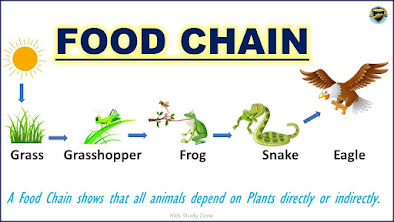3- Types of Ecosystems
There are two main types of ecosystems: terrestrial ecosystems and aquatic ecosystems.
3.1.Terrestrial Ecosystems
Terrestrial ecosystems are found across the different continents of the Earth. There are four main types.
A) Forests
Forest ecosystems includes several types of forests, one of the most important is tropical rainforest.
Tropical rainforests are the most diverse ecosystems on land. They are found around the world at equatorial latitudes. The warm wet climate and 12 hours of sunshine encourages great biodiversity.
Trees can reach about 50 or 60 metres tall and are adapted to survive in hot temperatures and strong winds.
Birds, mammals, insects, amphibians and reptiles all live here
B) Deserts
They are made up of dunes of sand and the lack of water.They can be found throughout the world in cold or hot environments. Places like the Sahara Desert are frequently hot, but places like the Gobi Desert can face extremely low temperatures.
C) Grasslands
Grasslands ecosystem include prairies, steppes, and savannahs. They can exist in warm and colder regions, like the Siberian steppe. Large amounts of grass covers the area, there are few trees that are spread out across the ecosystem. Flowering plants are interspersed across the grassland.
D) Tundra
This ecosystem has low temperatures and no light for half the year. This means that trees and bushes struggle to grow. The most common plants are mosses, lichens and some grasses.
3.2.Aquatic Ecosystems
They can be broken into two main categories:
A) Marine ecosystems
Marine ecosystems have a high level of salt and comprise the many oceans of the world and other bodies of saltwater. They are the most abundant ecosystems found in the world.
B) Freshwater ecosystems.
Freshwater ecosystems have a very low salt content compared to the marine ecosystem. They are generally represented as lakes, ponds, rivers, and anywhere else one might find freshwater sources.
























